Table of content
Soy Sauce King Pan-Fried Prawns, or Chǐyóuhuáng Jiān Dàxiā in Cantonese, is a beloved dish that embodies the essence of Cantonese cuisine—a harmonious blend of umami, sweetness, and aromatic complexity. This recipe, rooted in Guangdong province’s culinary traditions, elevates simple ingredients into a restaurant-worthy masterpiece. The dish features succulent prawns coated in a glossy, caramelized soy-based sauce, offering a delicate balance of salty, sweet, and savory notes. Whether you’re a seasoned home cook or a curious novice, this guide will walk you through every step to recreate this iconic dish with confidence.
Ingredients: The Foundation of Flavor
To achieve the perfect Soy Sauce King Pan-Fried Prawns, gather the following ingredients:
- 12 large tiger prawns (or jumbo shrimp): Freshness is key; opt for shell-on prawns for enhanced flavor.
- 3 tbsp light soy sauce: Provides the base salinity.
- 1 tbsp dark soy sauce: Adds depth and a rich caramel hue.
- 1 tbsp oyster sauce: Imparts a briny sweetness.
- 1 tbsp Shaoxing rice wine: Deglazes the pan and eliminates raw seafood odor.
- 1 tsp granulated sugar: Balances the soy sauces’ saltiness.
- 1 tsp sesame oil: Adds nutty aroma.
- 2 garlic cloves, minced: For aromatic punch.
- 1-inch ginger, peeled and julienned: Enhances the sauce’s complexity.
- 1 tbsp cornstarch: Thickens the sauce.
- 2 tbsp vegetable oil: For frying.
- 2 stalks green onions, chopped: Garnish.
- 1 tbsp toasted sesame seeds: Optional, for texture.
- 1/4 cup water: Adjusts sauce consistency.
Step-by-Step Instructions: Crafting Perfection
Preparing the Prawns
Begin by cleaning the prawns. Rinse them under cold water, then use kitchen shears to trim the legs and antennae. For optimal flavor, leave the shells intact but make a shallow cut along the back of each prawn to remove the intestinal tract (vein). Pat dry with paper towels—excess moisture will prevent proper searing.
Marinating for Depth
In a mixing bowl, combine 1 tbsp light soy sauce, 1/2 tbsp dark soy sauce, 1 tbsp oyster sauce, 1 tsp sugar, 1 tsp sesame oil, and 1 tbsp Shaoxing wine. Whisk until the sugar dissolves. Add the prawns and toss gently to coat. Marinate for 15–20 minutes at room temperature. This step infuses the prawns with flavor while tenderizing the flesh.
Preparing the Sauce Base
In a small bowl, mix the remaining 2 tbsp light soy sauce, 1/2 tbsp dark soy sauce, 1 tbsp water, and 1 tbsp cornstarch. Stir until the cornstarch is fully dissolved. This slurry will thicken the sauce during cooking.
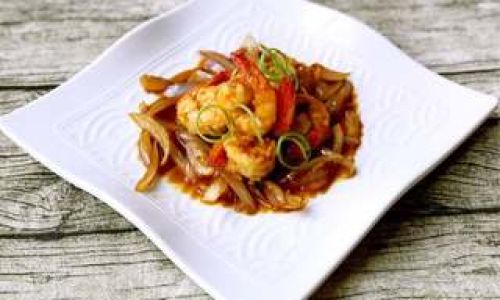
Searing the Prawns
Heat a large skillet or wok over high heat until smoking. Add 1 tbsp vegetable oil and swirl to coat. Place the prawns in a single layer, shell-side down. Sear for 1–2 minutes per side until the shells turn vibrant pink and caramelized. Avoid overcrowding the pan; cook in batches if necessary. Transfer the prawns to a plate, leaving any residual oil in the pan.
Building the Aromatics
Reduce the heat to medium. Add the remaining 1 tbsp vegetable oil to the pan, followed by the minced garlic and ginger. Sauté for 30 seconds until fragrant but not browned—burnt garlic will impart bitterness.
Deglazing and Simmering
Pour the marinade liquid into the pan, scraping up any browned bits with a spatula. Add the cornstarch slurry and 1/4 cup water. Stir continuously until the sauce thickens slightly, about 1–2 minutes. The sauce should coat the back of a spoon.
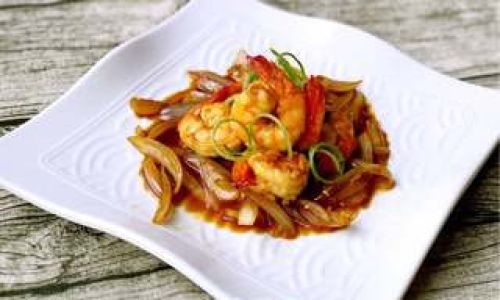
Reintroducing the Prawns
Return the seared prawns to the pan, tossing gently to coat them in the sauce. Cook for an additional 1–2 minutes, ensuring the prawns are fully heated through. Avoid overcooking, as prawns become rubbery when cooked beyond doneness.
Finishing Touches
Remove the pan from heat. Drizzle with a final splash of sesame oil for aromatic depth. Garnish with chopped green onions and toasted sesame seeds.
Tips for Success
- Prawn Selection: Opt for fresh, high-quality prawns with firm shells. Frozen prawns work but may lack the same sweetness.
- Marinade Ratio: Adjust the soy sauce mixture to taste—some prefer a sweeter profile, so add an extra 1/2 tsp of sugar if desired.
- Pan Temperature: Maintain high heat during searing to achieve a crisp texture without overcooking.
- Sauce Consistency: If the sauce becomes too thick, loosen it with 1–2 tbsp of water. For a glossier finish, add a small knob of butter at the end.
- Shell-On Benefits: Cooking prawns with shells intact locks in moisture and flavor. Provide a bowl for discarding shells during eating.
Variations and Pairings
- Spicy Kick: Add 1–2 thinly sliced red chilies to the aromatics for heat.
- Honey Glaze: Substitute 1 tsp of sugar with honey for a floral sweetness.
- Vegetable Additions: Stir-fry sliced bell peppers or snap peas alongside the garlic and ginger for a one-pan meal.
- Serving Suggestions: Pair with steamed jasmine rice, garlic-fried noodles, or crispy pan-fried dumplings.
The Science Behind the Flavor
The magic of Soy Sauce King Pan-Fried Prawns lies in the Maillard reaction—a chemical process where amino acids and reducing sugars react under heat, creating complex flavors. Searing the prawns at high temperatures caramelizes their natural sugars, while the soy sauce mixture undergoes reduction, concentrating its umami compounds. The result is a dish that tantalizes the palate with layered savory notes, punctuated by the freshness of ginger and garlic.
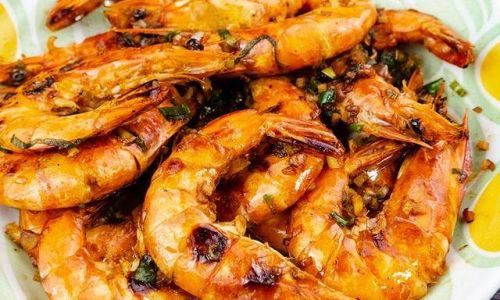
Common Pitfalls and How to Avoid Them
- Overcooked Prawns: Remove prawns from the heat as soon as they turn opaque. Residual heat will continue cooking them.
- Bland Sauce: Ensure the cornstarch is fully dissolved before adding it to the pan to prevent lumps. Taste and adjust seasoning mid-cook if needed.
- Burnt Garlic: Keep a close eye on the aromatics; garlic and ginger should sizzle gently, not fry vigorously.
Cultural Significance
In Cantonese households, this dish often graces festive tables and family reunions. Its golden-brown hue symbolizes prosperity, while the prawns’ curved shape represents laughter and joy—auspicious traits during Lunar New Year celebrations. The recipe’s adaptability also reflects Cantonese cuisine’s philosophy of yum cha (dim sum) culture, where shared dishes foster connection.
Conclusion: A Dish to Impress
Soy Sauce King Pan-Fried Prawns is more than a meal—it’s a testament to the alchemy of simple ingredients transformed by technique and tradition. With practice, you’ll master the delicate dance of searing, saucing, and seasoning that defines this classic. Whether served as an appetizer or main course, this dish guarantees a memorable dining experience. So, don your apron, gather your ingredients, and let the sizzle of the wok transport you to the bustling streets of Hong Kong. Your taste buds—and guests—will thank you.
Word Count: 1,029
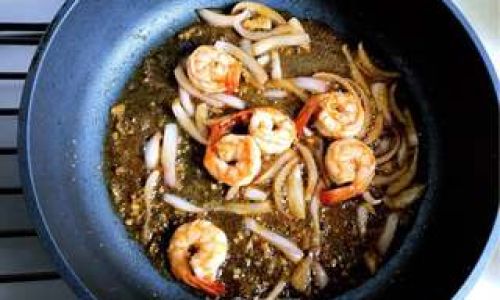
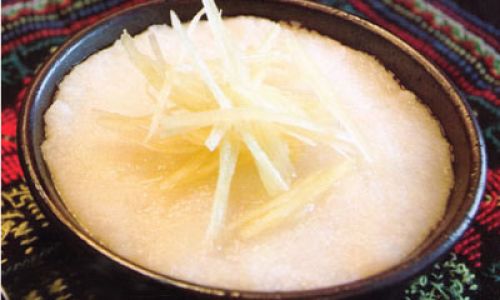
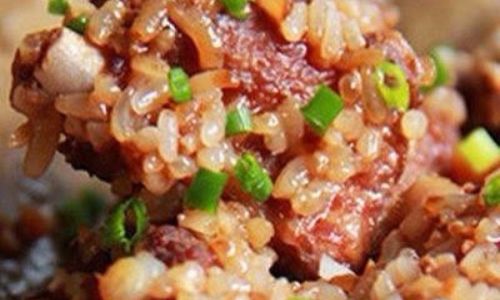
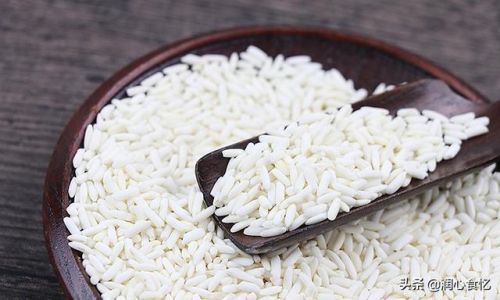
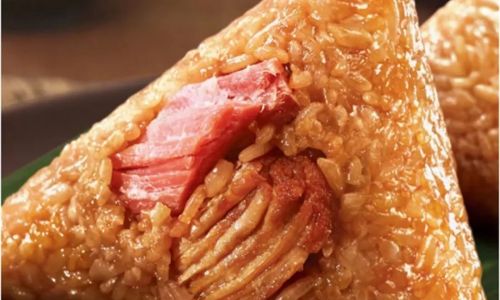
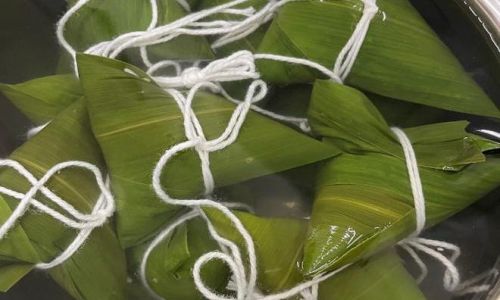
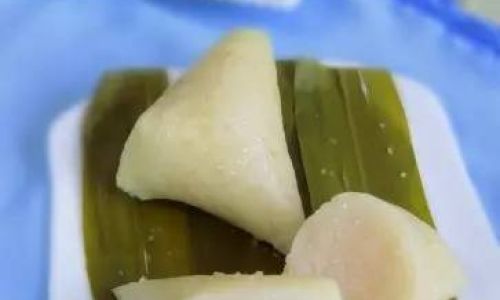
0 comments